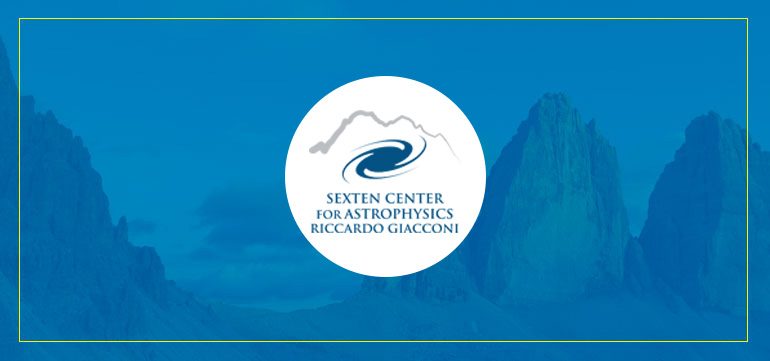Galaxy interactions and mergers across cosmic time
LOCATION: Sport & Kurhotel at Bad Moos - Via Val Fiscalina 27, 39030, Sexten
DETAILS
Collisions between galaxies have long been thought to play a key role in galaxy evolution. In addition to assembling the most massive galaxies, mergers also represent the main mechanism to increase the dispersion in stellar orbits and form bulges. However, recent numerical simulations and observations support the idea that the evolution of z>2 galaxies are primarily driven by local disk instabilities, rather than mergers. Consequently, the relative importance of mergers and disk instabilities in shaping the early lives of massive galaxies remain debated. In the proposed workshop, we plan to discuss open questions relevant to the role of mergers in galaxy evolution, both near and far. Firstly, we will discuss how to best identify a merger at z>2, both observationally and in cosmological simulations.
Galaxy surveys have provided us with rich data, such as broadband imaging, spectroscopic surveys, and resolved ionized / molecular gas kinematics. However, there remain discrepancies among the various selection methods: different physical components of galaxies are traced at different wavelengths, and display merger signatures differently as the interaction proceeds. How do we ensure a fair comparison across observations, as well as with simulations? Reaching a consensus on this is fundamental to determining the role of mergers in galaxy evolution, and therefore forms the basis of the workshop. Next, quantifying the impact of interactions on galaxy star formation histories is key to understand how massive galaxies were assembled. This subject is currently intensively investigated, thanks to new numerical simulations with unprecedented high spatial resolution that reveal the importance of the interaction-induced tidal field and interstellar medium (ISM) turbulence on star formation.
Given the higher gas fraction in massive galaxies observed at z~2 compared to the local ones, do mergers only induce a milder enhancement of star formation at z~2, as claimed by recent hydro-dynamical simulations? Finally, we would like to discuss the connection between mergers and nuclear activity, which can potentially lead to the quenching of star formation. Simulations have successfully shown that galaxy collisions can trigger gas inflows that can feed a central active galactic nucleus (AGN) and starburst. However, it remains controversial whether mergers are causally linked to AGN, both locally and at high redshift. What can we learn about the triggering mechanism of AGN? Namely, do mergers necessarily trigger AGN, and are all AGN triggered only by mergers?
We live in a crucial moment, when many of these questions can finally be tackled. On the one hand, galaxy simulations are starting to resolve gravitational instabilities in the ISM down to parsec-scales. On the other hand, new and upcoming facilities such as ALMA, JWST and ELT will reveal how gas and stars reorganize when galaxies collide out to high redshift. The goal of this workshop is to catalyze discussions among experts working on different redshifts, techniques and wavelengths, and to foster synergies between observers and theorists. This will help build a complete picture of this fundamental phenomenon, and to identify the most fruitful instrumental avenues to explore in the near future.
Email: sextenmergers@gmail.com
This event has received funding from the European Union’s Horizon 2020 research and innovation programme under grant agreement No 730562 [RadioNet]
RELATED FILES
FEE
To be defined
WORKSHOP CODE FOR PAYMENT
N/A
ORGANIZERS
Allison Man 1, Miguel Querejeta 1, Jérémy Fensch 2, Chian-Chou Chen 1 Federico Lelli 1 1. European Southern Observatory, Garching, Germany 2. Laboratoire AIM Paris-Saclay, France Email addresses: - allison.man@eso.org - mquereje@eso.org - jeremy.fensch@gmail.com - ccchen@eso.org



